Table of Contents
If you’ve ever considered getting a furry companion to enhance your personal safety and provide an added sense of security, then the question, “Is a Protection Dog Right For You?” might have crossed your mind. While owning a protection dog can undoubtedly be a valuable asset in safeguarding your home and family, it’s essential to assess whether you and a protection dog are a suitable match. This article will explore the various aspects to consider, including the commitment, training requirements, and potential benefits of having a protection dog in your life.
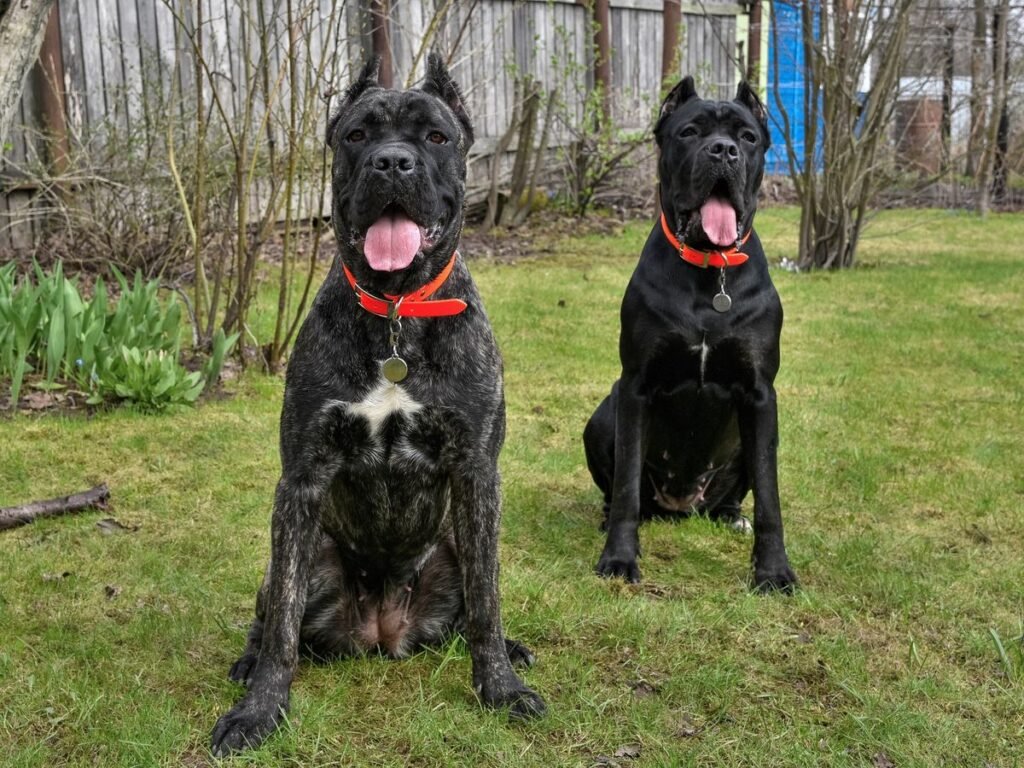
Understanding Protection Dogs
What is a protection dog?
A protection dog, also known as a guard dog or security dog, is a specially trained canine that is skilled in providing security and protection for their owners or designated areas. These dogs are trained to detect and deter potential threats, as well as to apprehend and detain intruders if necessary. They are intelligent, loyal, and highly trainable, making them effective and reliable companions for personal security purposes.
Types of protection dogs
There are different types of protection dogs, each with their own specific skillsets and abilities. Some breeds are more suited for personal protection, while others excel in guarding properties and businesses. Personal protection dogs are trained to defend their owners in threatening situations, while property protection dogs are skilled in patrolling and securing designated areas. Additionally, there are specialized breeds trained for search and rescue operations, police work, and military service.
Training and certification
Training a protection dog requires the expertise of professional dog trainers who specialize in personal and property protection. The training process is rigorous and comprehensive, consisting of obedience training, bite work, scent detection, and tactical maneuvers. It is important to choose a reputable trainer who uses positive reinforcement techniques and has experience in working with protection dogs. Certification programs are available to assess the dog’s skills and ensure they meet the necessary standards for protection work.
Roles and responsibilities
Owning a protection dog comes with certain roles and responsibilities. As an owner, it is essential to understand that a protection dog is not simply a pet; they are a working animal. This means dedicating time and effort to maintain their training, exercise, and mental stimulation needs. Additionally, owners must take the responsibility of providing proper care, including feeding, grooming, and healthcare. It is important to remember that these dogs require a structured and disciplined lifestyle to excel in their protection duties.
Assessing Your Needs
Home environment and location
Before deciding to get a protection dog, it is important to assess your home environment and location. If you live in an apartment or a neighborhood with strict pet policies, you may need to consider alternative security measures. However, if you have a spacious property with the freedom to have a dog, a protection dog can be an excellent addition to your security plan.
Personal security concerns
Understanding your personal security concerns is crucial in determining whether a protection dog is right for you. If you frequently travel alone or work in a high-risk profession, a protection dog can provide an additional layer of security and peace of mind. On the other hand, if your personal security concerns are minimal, you may find that other security measures are more appropriate for your needs.
Lifestyle and daily routine
Consider your lifestyle and daily routine to determine if owning a protection dog is feasible. These dogs require regular exercise, training sessions, and mental stimulation to stay in optimal condition. If your busy schedule does not allow for ample time and commitment to meet these needs, it may be challenging to provide a suitable environment for a protection dog.
Family and household considerations
If you have a family or live with other household members, it is important to consider their comfort and safety when assessing the suitability of a protection dog. Some protection dogs may have a high prey drive or be more protective, which may require additional training and management to ensure compatibility with other family members, especially children and other pets.
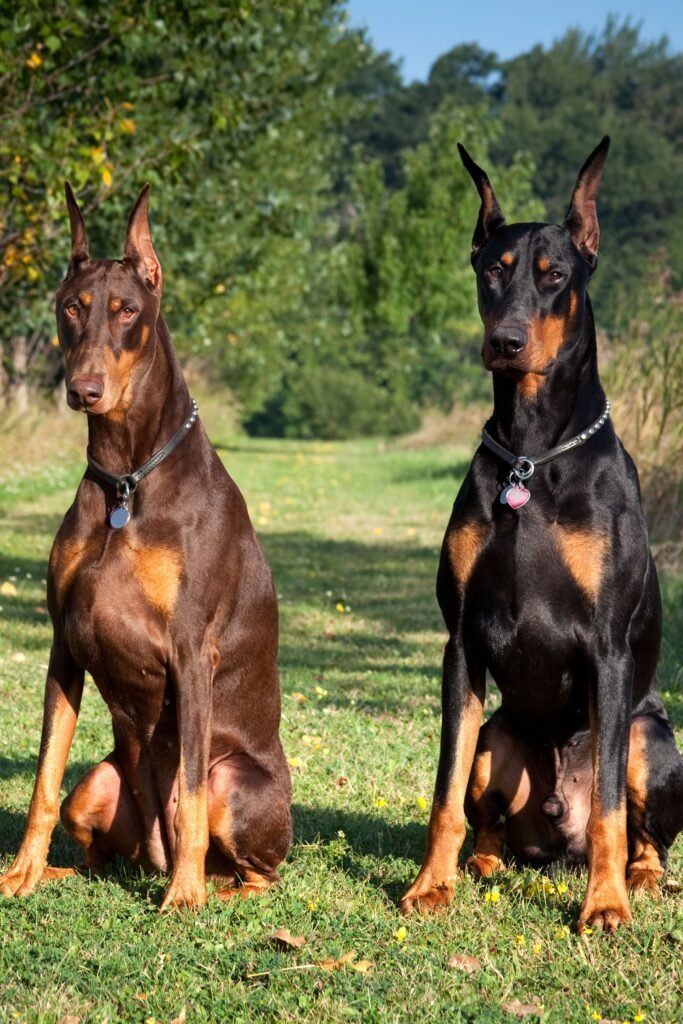
Benefits and Drawbacks
Enhanced security and protection
The primary benefit of owning a protection dog is the enhanced security and protection they provide. These dogs are trained to identify potential threats and respond accordingly, providing a visible deterrent to intruders. Their presence alone can effectively prevent break-ins or other security breaches.
Deterrence and peace of mind
Knowing that you have a trained protection dog by your side can bring a sense of peace of mind. The presence of a protection dog in your home or during your daily activities can act as a strong deterrent to potential criminals. Criminals are less likely to target individuals or properties protected by such trained dogs, as they are aware of the risks involved.
Increased safety for family members
A protection dog can significantly increase the safety of your family members, especially in potentially dangerous situations. Whether it’s walking alone at night or encountering a suspicious individual, a protection dog can provide a level of physical protection and apprehend potential threats, giving you and your loved ones added reassurance.
Specialized skills and training
Protection dogs undergo extensive training to acquire specialized skills that set them apart from regular household pets. They are trained to react to specific commands, identify threats, and respond appropriately. These skills make them valuable assets and highly capable of handling potentially dangerous situations.
Time and financial commitment
Owning a protection dog requires a significant time and financial commitment. These dogs need regular training sessions, exercise, and mental stimulation to maintain their skills. Additionally, they require high-quality food, veterinary care, grooming, and appropriate equipment. It is crucial to be prepared for the costs associated with owning a protection dog.
Potential legal and liability issues
It is essential to be aware of potential legal and liability issues that may arise from owning a protection dog. Depending on the jurisdiction, there may be specific regulations and requirements regarding the ownership and training of protection dogs. Additionally, if a protection dog were to injure an individual or another animal, it could lead to legal consequences. Understanding and complying with local laws and regulations is crucial to avoid any legal issues.
Suitability for Different Situations
Single individuals or couples
Protection dogs can be highly suitable for single individuals or couples who may have increased vulnerability due to living alone or frequently traveling. These dogs offer both companionship and added security, providing peace of mind in potentially risky situations.
Families with children
When considering a protection dog for a family with children, it is important to ensure that the dog is compatible with young family members. Some protection dogs may require additional training and management to ensure they can safely interact with children. It is also crucial to teach children how to appropriately and safely interact with the protection dog.
Elderly or vulnerable individuals
Protection dogs can be particularly beneficial for elderly or vulnerable individuals who may be more susceptible to becoming targets of crime. These dogs can provide both physical protection and emotional support, offering a heightened sense of security to individuals who may feel more vulnerable.
Businesses and commercial properties
Businesses and commercial properties can greatly benefit from the presence of a protection dog. These dogs can patrol and secure the premises, effectively deterring potential criminals and intruders. Additionally, their keen senses and training make them valuable in detecting and alerting to suspicious activities.
High-risk professions or lifestyles
Individuals working in high-risk professions or living a high-risk lifestyle, such as law enforcement, security personnel, or public figures, can greatly benefit from the added protection of a trained dog. These dogs can provide an extra layer of security and support, helping to mitigate potential risks and threats.
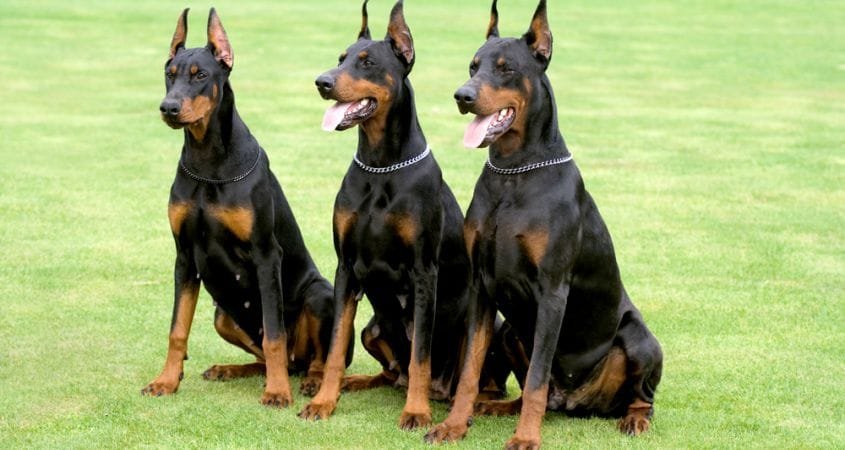
Choosing the Right Breed
Working breeds vs. guardian breeds
When choosing a protection dog, it is important to understand the difference between working breeds and guardian breeds. Working breeds, such as German Shepherds and Belgian Malinois, are known for their intelligence, trainability, and physical capabilities. They excel in personal protection and are often used in police or military work. Guardian breeds, such as Doberman Pinschers or Rottweilers, have a natural protective instinct and are often used for property protection. Understanding the characteristics and traits of different breeds can help in selecting the most suitable dog for your needs.
Size and physical characteristics
Consider the size and physical characteristics of a protection dog before making a decision. Some breeds are larger and more imposing, while others are smaller and less intimidating. The size of the dog may impact their effectiveness as a visible deterrent or their ability to apprehend potential threats. Additionally, larger dogs may require more space and exercise to meet their needs.
Temperament and behavior traits
The temperament and behavior traits of a protection dog are crucial factors to consider. These dogs need to be well-balanced, confident, and adaptable to various situations. They should possess a strong protective instinct but also be trainable and obedient. It is important to choose a dog with the right temperament that matches your lifestyle and expectations.
Health considerations
Research the health considerations of the breed you are considering. Some breeds are prone to certain genetic health issues, which may require regular vet visits and potential medical expenses. It is important to choose a breed that has a good track record of overall health and longevity.
Compatibility with owners
The compatibility between the owner and the protection dog is vital for a successful partnership. Dogs bond with their owners and work best when there is a mutual understanding and trust. It is important to assess whether your lifestyle, energy level, and expectations align with the needs of a protection dog.
Responsibilities of Ownership
Providing proper training and socialization
As an owner of a protection dog, it is crucial to provide proper training and socialization from an early age. Basic obedience training and socialization with different people, animals, and environments are fundamental to ensure the dog’s adaptability and behavior in various situations. Ongoing training and reinforcement throughout the dog’s life are also essential to maintain their skills.
Meeting exercise and mental stimulation needs
Protection dogs require regular and vigorous exercise to maintain their physical and mental well-being. Long walks, runs, and engaging activities are necessary to prevent boredom and ensure a well-balanced dog. Mental stimulation through training sessions, puzzle toys, and interactive games should also be incorporated into their daily routine.
Feeding and healthcare requirements
Providing a proper diet and healthcare for a protection dog is essential for their overall health and performance. High-quality dog food that meets their nutritional needs should be chosen, and regular veterinary check-ups, vaccinations, and preventive care should be scheduled. Good grooming practices, including regular brushing, dental care, and nail trimming, are also important aspects of responsible ownership.
Grooming and maintenance
Grooming and maintenance are necessary for the well-being and appearance of a protection dog. Some breeds may require more frequent grooming, such as regular brushing to maintain their coat’s condition or professional grooming for specific requirements. Regular cleaning of the ears and teeth, as well as nail trimming, are vital parts of the dog’s grooming routine.
Providing a safe and secure living environment
Creating a safe and secure living environment for a protection dog is crucial to ensure their well-being and effectiveness. This includes providing appropriate fencing, secure doors and windows, and a designated area where the dog can rest and feel comfortable. Ensuring the dog’s safety also means taking precautions to prevent access to potentially harmful substances or dangerous situations.
Ongoing training and supervision
The responsibility of owning a protection dog goes beyond initial training. Ongoing training and supervision are necessary to reinforce their skills, maintain good behavior, and address any potential issues that may arise. Regular check-ins with a professional trainer or participation in obedience classes can be beneficial for both the dog and the owner.
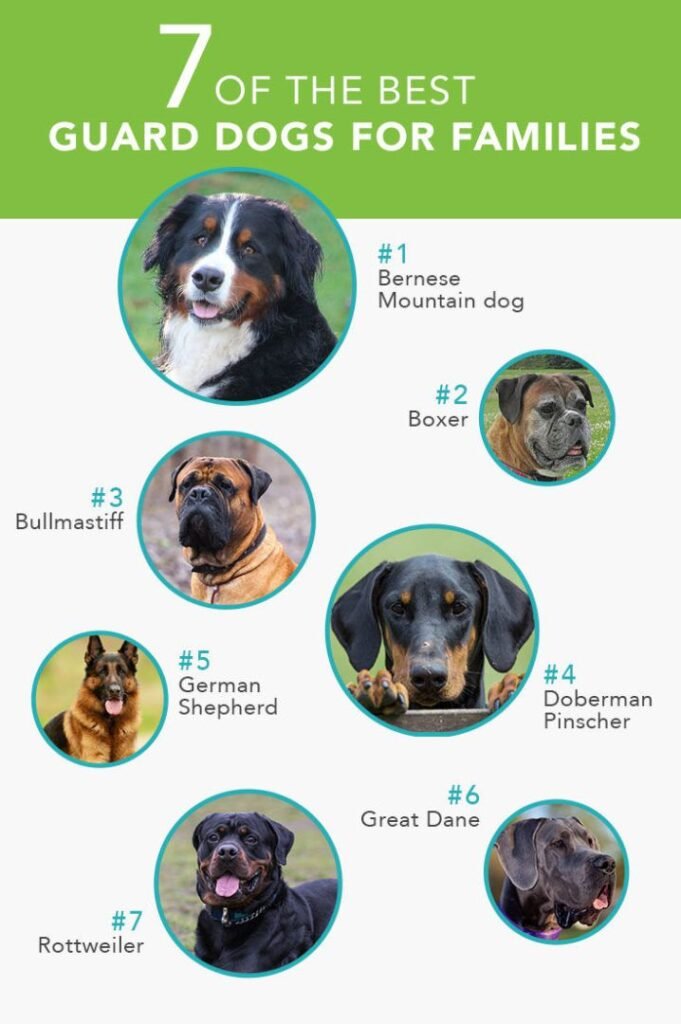
Professional Assistance and Training
Finding reputable breeders or rescue organizations
When looking to acquire a protection dog, it is important to find reputable breeders or rescue organizations. Reputable breeders prioritize the health, temperament, and overall quality of their dogs. Rescue organizations can also be a good option, as they often have trained protection dogs available for adoption.
Consulting with professional trainers
Consulting with professional trainers who specialize in protection dog training is essential in making the right choice and ensuring proper training and handling. These trainers can evaluate your needs, guide you through the selection process, and provide ongoing support in training and managing your protection dog.
Evaluating potential candidates
When evaluating potential protection dog candidates, it is important to observe their behavior, temperament, and training level. Reputable breeders or rescue organizations should provide a comprehensive overview of the dog’s history, health records, and training background. A professional trainer can assist in evaluating the dog’s suitability for your needs and lifestyle.
Training programs and obedience classes
Once you have chosen a protection dog candidate, enrolling in a training program or obedience classes is highly recommended. These programs offer structured training and guidance in establishing a strong bond and effective communication with your dog. They also provide an opportunity for the dog to socialize with other dogs and individuals in a controlled environment.
Legal Considerations and Requirements
Understanding local laws and regulations
Before acquiring a protection dog, it is crucial to understand the local laws and regulations regarding ownership and training. Some jurisdictions may have specific requirements for keeping protection dogs, such as licensing, registration, or permits. Familiarizing yourself with these laws ensures compliance and prevents potential legal issues.
Licensing and registration
In certain areas, protection dogs may require licensing and registration. This process typically involves providing proof of training, vaccinations, and identification of the dog. Compliance with these requirements demonstrates responsible ownership and can help resolve any legal or liability issues that may arise.
Insurance and liability coverage
Owning a protection dog comes with potential liability, and it is important to consider appropriate insurance coverage. Consult with an insurance provider to determine if additional coverage is necessary to protect yourself from potential legal claims or injuries caused by the protection dog.
Public access and control
Understanding public access and control regulations is crucial when owning a protection dog. Some jurisdictions may have specific rules regarding where protection dogs can access public areas or how they should be restrained in public. Complying with these regulations ensures the safety of the public and prevents any legal issues.
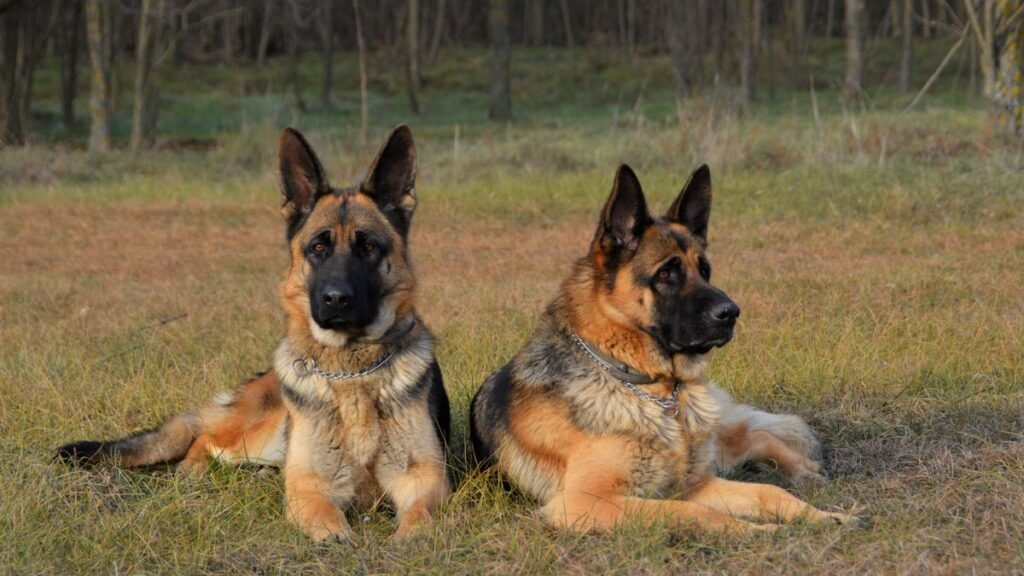
Alternatives to Protection Dogs
Security systems and alarms
For individuals who may not be able to own a protection dog due to various reasons, investing in security systems and alarms can be an effective alternative. Modern technology offers a range of options, including surveillance cameras, motion sensors, and alarms that can enhance the security of your home or property.
Surveillance cameras and monitoring services
Surveillance cameras and monitoring services provide a visual deterrent and the ability to monitor your property remotely. The presence of cameras can discourage potential criminals, and real-time monitoring allows for immediate response in case of suspicious activity.
Neighborhood watch programs
Joining a neighborhood watch program can be an effective way to improve security in your community. These programs allow neighbors to work together, share information, and keep an eye out for any unusual or suspicious activities. By fostering a sense of community and cooperation, neighborhood watch programs can deter crime and enhance overall safety.
Self-defense training and personal safety measures
Individuals who are unable to own a protection dog can consider self-defense training and personal safety measures. Learning self-defense techniques and implementing safety practices, such as being aware of one’s surroundings and avoiding risky situations, can significantly contribute to personal security.
Conclusion
In conclusion, determining whether a protection dog is right for you requires careful consideration of your personal needs, lifestyle, and circumstances. Protection dogs offer enhanced security and peace of mind for individuals, families, and businesses. However, ownership also entails significant responsibilities, financial commitments, and potential legal considerations. By assessing your needs, understanding the benefits and drawbacks, and considering alternative security measures, you can make an informed decision that aligns with your specific requirements and priorities.



